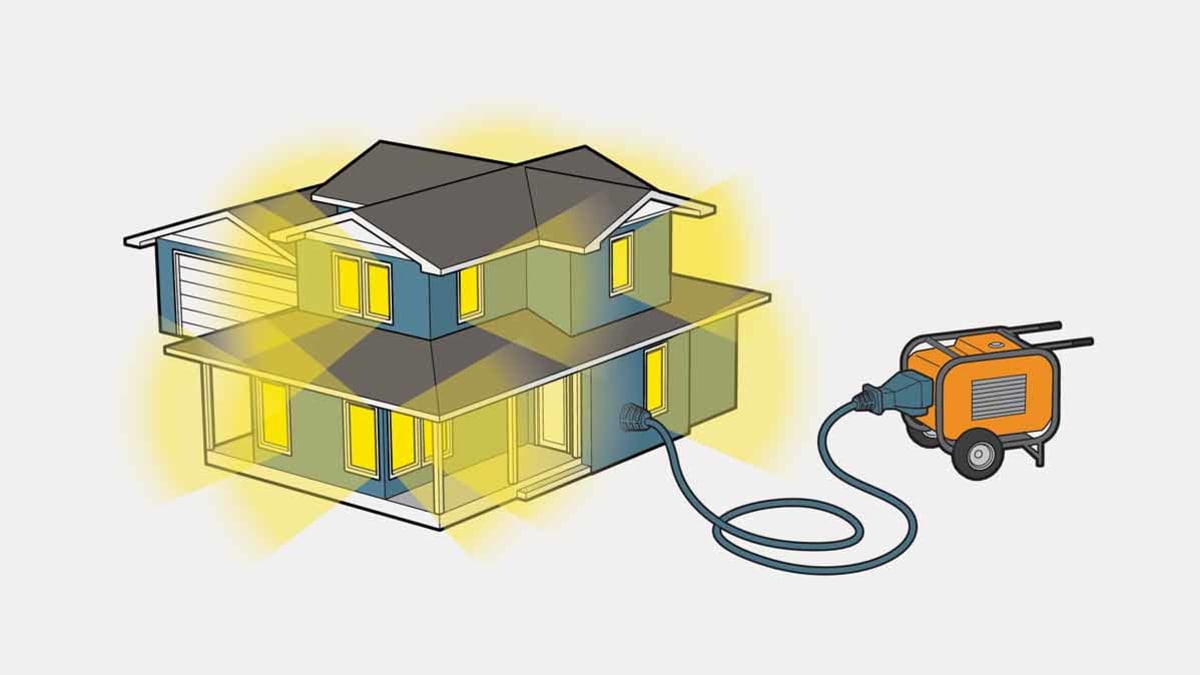To determine the size generator you need, make a list of the appliances you want to power and add up their wattages. And here’s a tip: If you’re considering a portable generator, don’t spring for one that produces a lot more power than you’ll be using.
“There’s no need to go larger unless you want to be able to power more in a pinch and are comfortable with needing to keep more gas on hand,” says Misha Kollontai, a Consumer Reports engineer with long experience in generator testing. Some of the larger portable generators in our ratings can burn through about 20 gallons of gasoline per day.
Depending on the size generator you need, you may have a choice between a traditional portable generator and an inverter generator, which electronically throttles the engine up and down to supply power more efficiently. “If you’re willing to pay more up front for a quieter and more fuel-efficient unit, potentially saving down the road if you use it often, then look at inverters,” Kollontai says.
The interactive tool below will help you estimate how powerful a generator you need. Just click on a type of generator to get a sense of what appliances you can run with it. The wattages for each type of appliance are general guidelines and may vary from what you have in your home. Also keep in mind that some appliances—air conditioners, refrigerators, and sump pumps, for instance—draw a lot more power at the moment they’re cycling on. These surge watts can throw off your calculations if you don’t account for them.
Source link
